
5 minute read
FIRST LOOK
INTEL
New and Noteworthy in Global Design
By Rachel Gallaher
STAY FIT IN STYLE
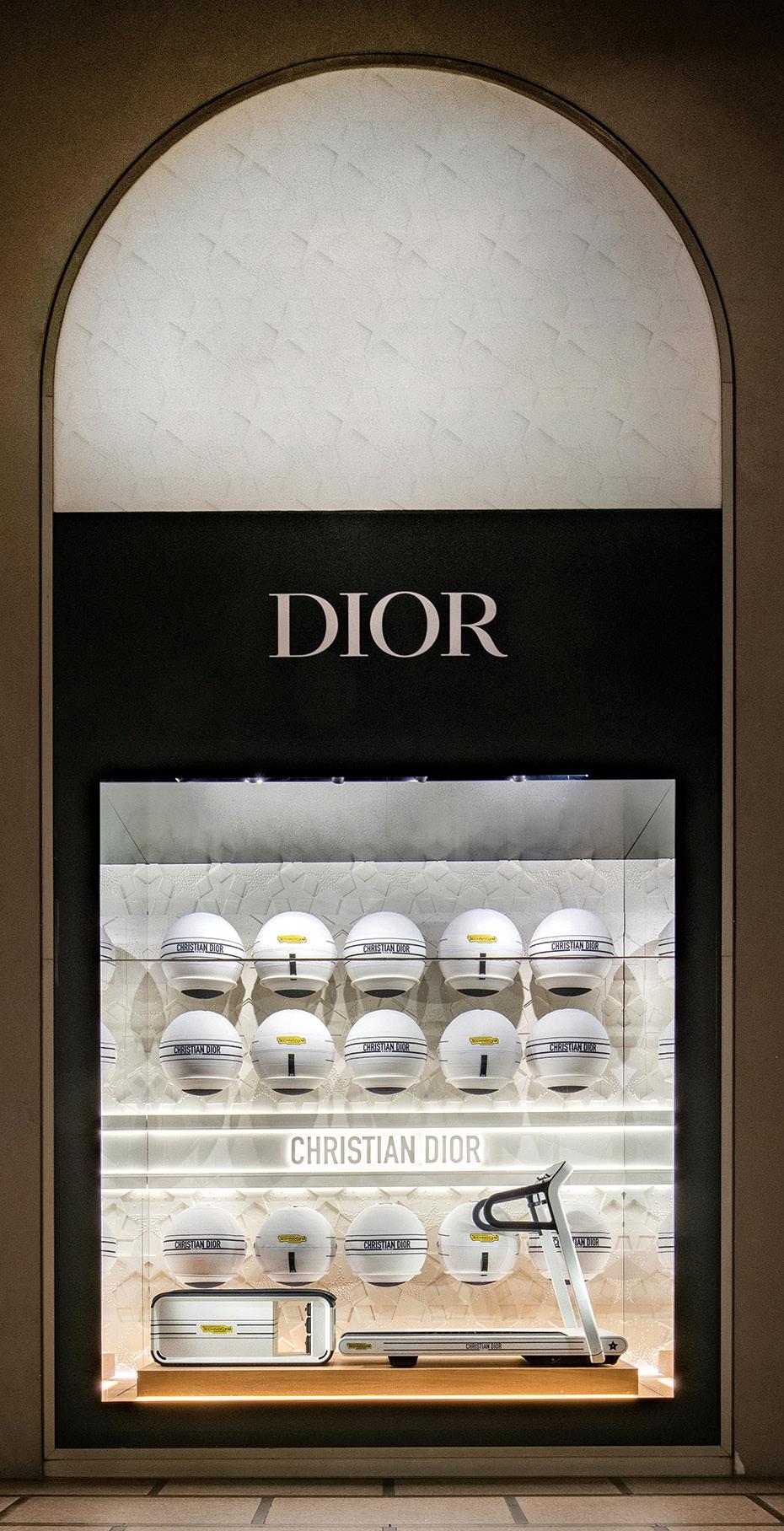
Looking to get on track with those New Year’s fitness goals? A newly released collaboration between Technogym and Dior motivates with its combination of performance and style. Available exclusively in select Dior stores worldwide, the limited-edition collection of home-fitness products includes a treadmill, a multifunctional bench (with a set of dumbbells and elastic bands), and a wellness ball, each featuring a navy-blue Christian Dior label on a white background highlighted by five horizontal stripes in contrasting colors. Notes Nerio Alessandri, founder of Technogym: “Created to inspire wellness [among] new generations, this [collaboration] is an opportunity for our consumers to invite luxury, heritage, and style into their homes for an irresistible fitness experience.”
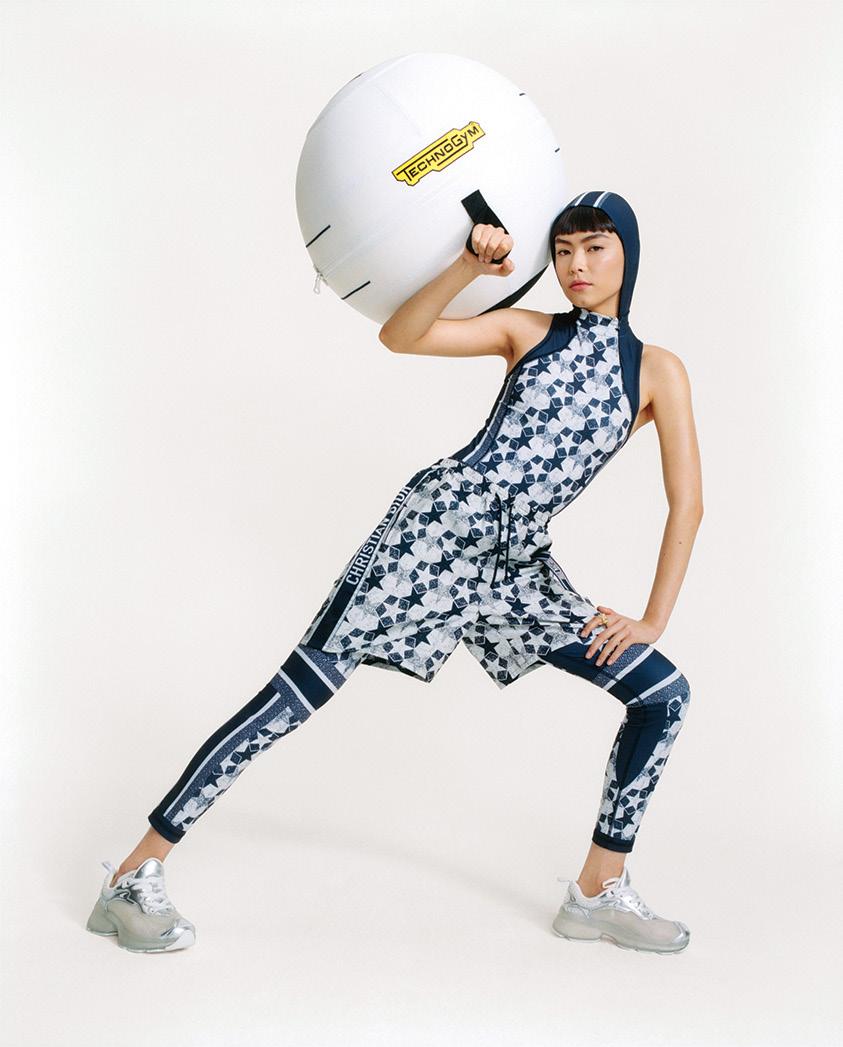

DESTINATION DESIGN
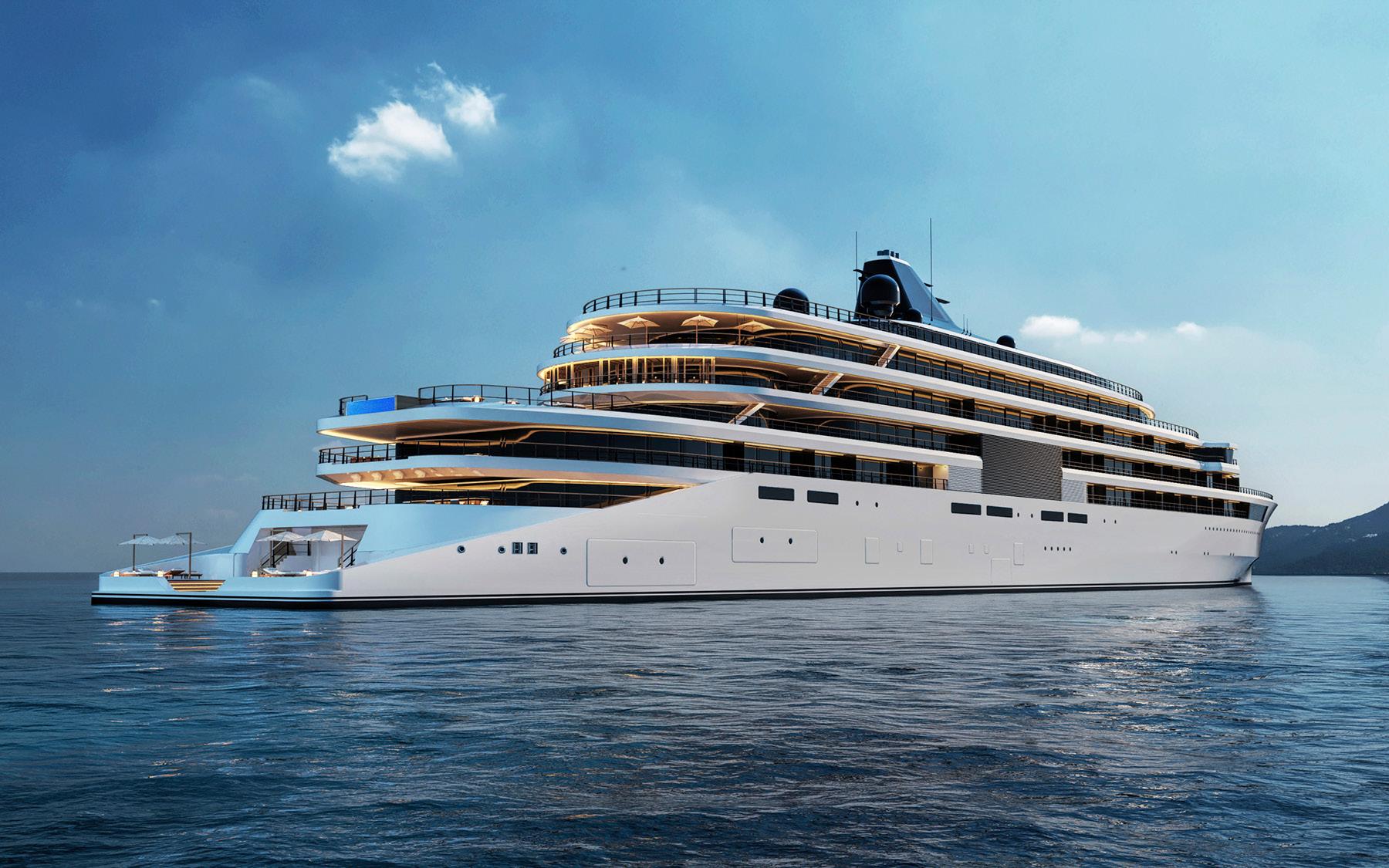
COURTESY SINOT YACHT ARCHITECTURE & DESIGN
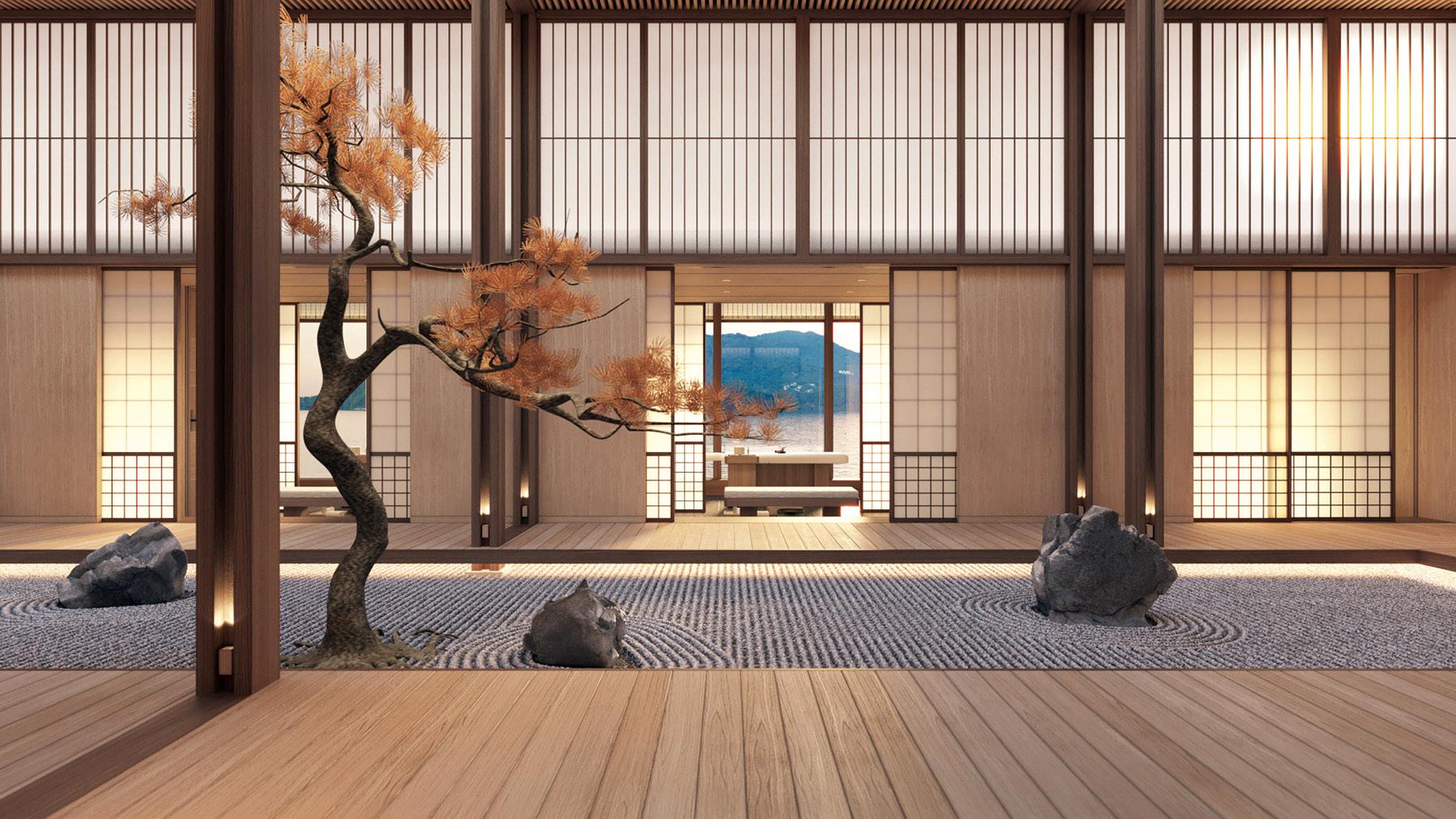
COURTESY SINOT YACHT ARCHITECTURE & DESIGN
International luxury hotel chain Aman has announced the launch of Project Sama, a joint venture with Cruise Saudi set to offer a pioneering superyacht travel experience starting in 2025. Designed in partnership with renowned, Netherlands-based SINOT Yacht Architecture & Design, the 600-foot vessel will feature 50 spacious luxury suites, each with a private balcony. Known for producing some of the world’s finest luxury watercraft, SINOT works with teams of expert craftspeople on each element of a vessel, and Project Sama will see Aman’s Eastern heritage and design philosophy integrated seamlessly with the overall architectural vision. Amenities will include an array of dining options, a spacious Aman Spa complete with Japanese garden, two helipads, and an expansive Beach Club, which will offer guests direct access to the water at the stern of the yacht.
CULTURAL SIGNIFICANCE
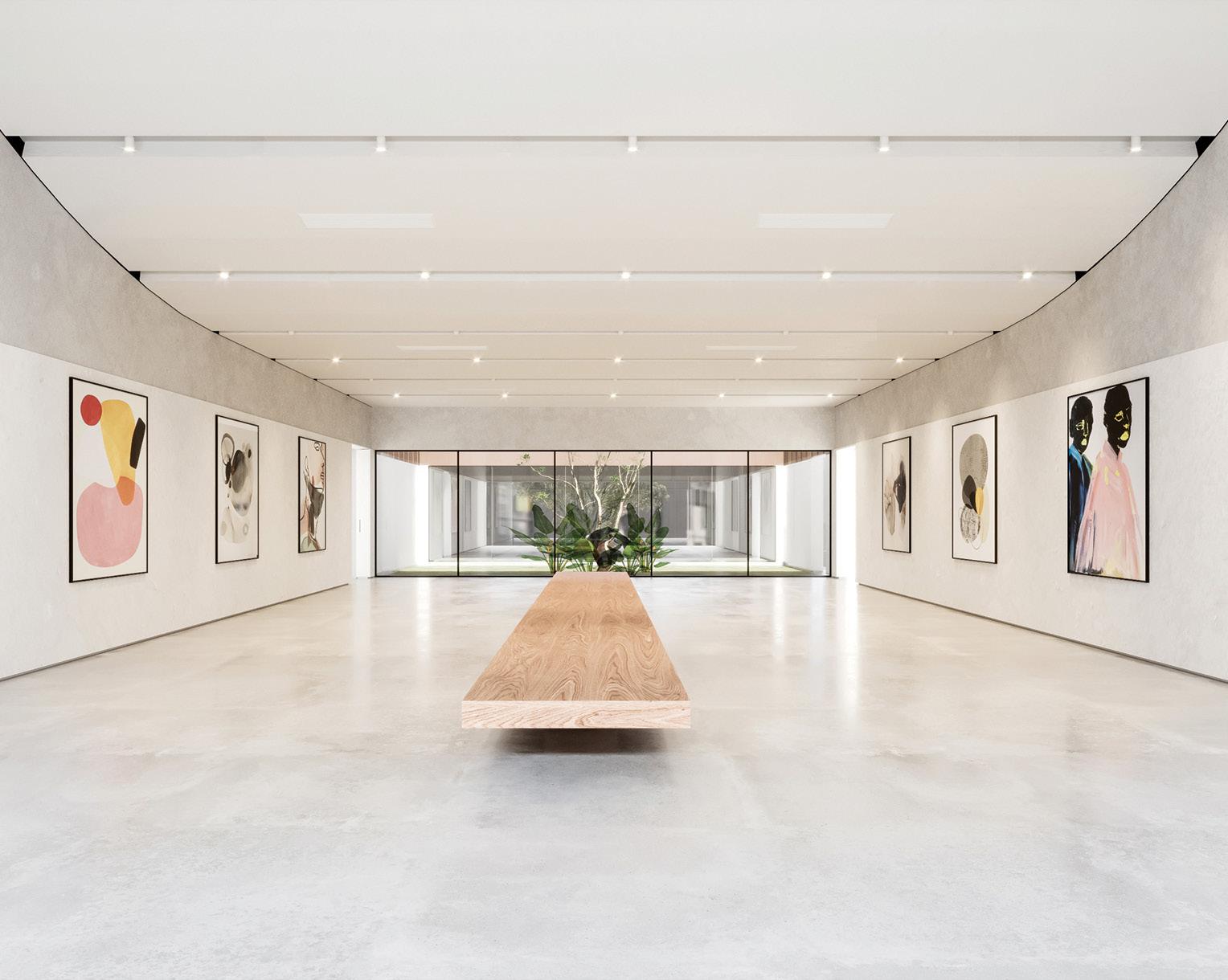
A rendering of a gallery inside the Institute of Contemporary African Art & Film, Nigeria’s first internationally significant visual arts center, which is slated to open this spring.
COURTESY ICAAF
This spring, Nigeria will open the doors of its first internationally significant visual arts center, the Institute of Contemporary African Art & Film (ICAAF). Located in the city of Ilorin and designed by Studio Contra, a Lagos-based architecture firm, ICAAF is a testament to the power and relevance of contemporary African design. Eschewing the notion of arts institutions as elite spaces, Studio Contra has designed the building as a hub for creativity with easy access points, windows into the galleries, and a low profile that feels welcoming—all elements that help integrate the arts center into the surrounding neighborhood. In addition to traditional galleries that will display contemporary African art ranging from paintings to sculpture, the ICAAF will also house post-production facilities, a film-screening room and lecture hall, a café, a coworking space, and a bookshop. A sculpture garden and courtyards further public access to the arts, while also providing a place for the community to gather.

Jeffrey Adjei and Olayinka Dosekun-Adjei, founding partners of Studio Contra.
COURTESY ICAAF

The building was designed by Lagos-based architecture firm Studio Contra.
COURTESY ICAAF
AN INDEPENDENT APPROACH

Hindustan Lever Pavilion, Pragati Maidan, New Delhi, India. 1961. Demolished. Charles Correa (1930–2015), and Mahendra Raj (b. 1924). Exterior view.
MAHENDRA RAJ ARCHIVES, COURTESY MOMA
Opening on February 20, 2022, the latest designforward exhibition at New York’s Museum of Modern Art will explore the post-colonial development of modern architecture in Bangladesh, India, Pakistan, and Sri Lanka. Titled the Project of Independence: Architectures of Decolonization in South Asia, 1947–1985, the show will include more than 200 works, including original sketches, drawings, photographs, films, audiovisual components, and architectural models sourced from design leaders and institutions in the aforementioned countries. Divided into sections—Institution Building, Education, Political Spaces, and Industry and Infrastructure—but united by an examination of how material cultures shaped an experimental expression of modern architecture in the region, Project of Independence will cast a new light on the infrastructure of South Asia, and on those who designed and built it.
ARCHITECTURE OF AMERICA

Crusade (2020), a print by architect Daniel Kaven from his recently released book, Architecture of Normal.
COURTESY DANIEL KAVEN
In his new book, Architecture of Normal (Birkhäuser, 2022), Portland-based architect Daniel Kaven explores the contrast between the grandeur of the American landscape and the underwhelming architecture of its suburban strip malls, fast-food chains, motels, and tract housing. Part travelogue, part art book, and part architectural survey, the volume also traces how the evolution of modes of transportation (starting with the introduction of horses by the Spanish to Native American societies) has influenced design and development in the United States over the past 200 years. Featuring historical photos, as well as Kaven’s own artwork, Architecture of Normal examines how the past shaped the present, and how emerging technologies, such as the autonomous vehicle, will influence the built environment for decades to come.
Architecture of Normal is currently available in Europe and will be released in the United States on March 3.
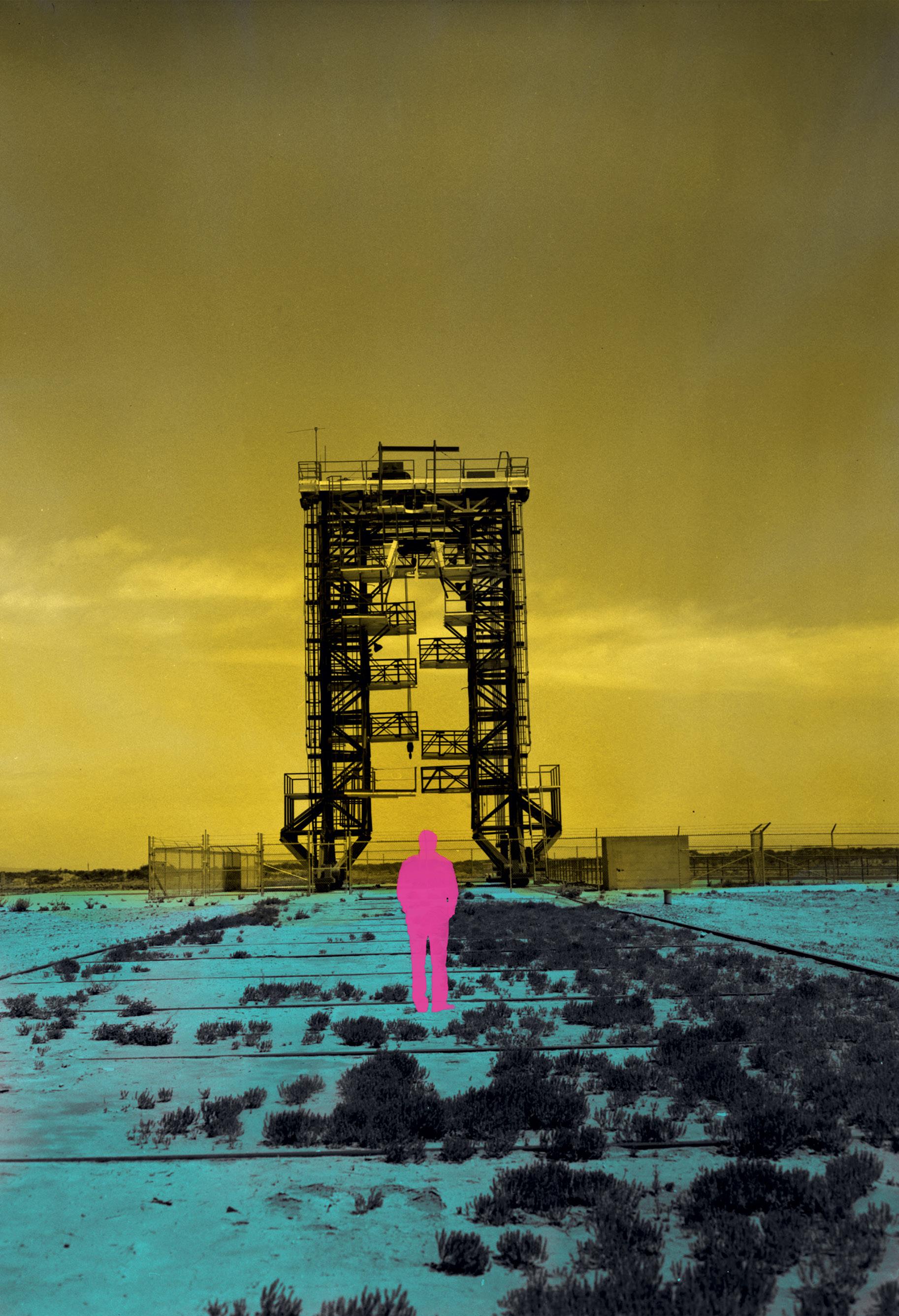
Trinity (2018), a giclée print by Daniel Kaven, appears in his new book, Architecture of Normal.
COURTESY DANIEL KAVEN







